Hello people, how are you, I have not posted anything here for a long time, so I came with a topic in which I always had the doubt (and I still have it), what is the best engine to create video games?
With the experience I have had with different engines, I will make a recommendation for those who want to start in the development of video games in linux and do not know what tools to use.
First I must say that I have been almost 1 year since I migrated to linux, the truth at the beginning was difficult since the engine I used was unity, and unity despite being one of the best, support in linux is very poor (and my PC does not run it well for graphic reasons), so I had to opt for a good engine that worked natively in Linux and not through wine, so let's see what I found in my search.
Unity 5
.png)
Unity is a Game Engine that offers a wide range of features and its interface is quite simple. Its main feature is multiplatform integration, that is, games can be ported easily and quickly to Android, iOS, Windows Phone 8, and BlackBerry, making it a great software for the development of mobile games. It also has possibility of publication for Playstation 3, Xbox 360, Wii U and web browsers.
Has a free version and a pay, which gives the possibility to eliminate the splash screen.
Version 5 of Unity brought many new features: Improvements in the shaders, Global lighting in real time on all platforms (PC, Mac, Android, etc.), Improvements in sound systems, A new system for the web platform: WEBGL, Unity Editor for 64 bit systems. But most importantly, support for linux, although in a somewhat experimental way.
Ideal for 3D, although it also has support for 2D
Games built with Unity:
Phaser
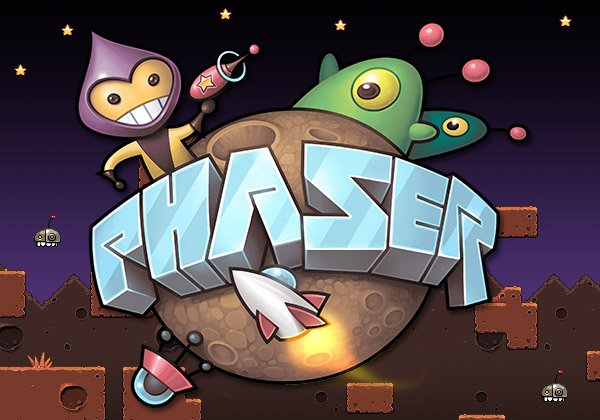
Phaser is a framework to build games, mobile or desktop, in HTML5. It's new but it's growing fast thanks to the passionate community involved in the development process since it is found as open source on GitHub. The Phaser framework provides a series of tools that will accelerate the development and help you manage the generic tasks necessary to complete your game, so that you can concentrate on the idea of the game itself.
Using javascript as a programming language, you can make 2D games intended for desktop using Canvas or WebGL. Thanks to Pixijs as a rendering engine, it achieves great fluidity when executing games. In addition to having tools for the development of 2D games for android, which can be compiled using Ionic or Cordova, and for desktop using Electron.
It is quick to create arcade and platform games with this engine, and if you save javascript is a very good option.
Games built with Phaser:
Love2D

Love2d or LÖVE is a framework that allows you to make games with Lua. Its strong are 2d platform games but it can be used for many other types of games. It's simple, powerful, and you can create a variety of fun games depending on your abilities.
Love2D facilitates us a lot of things when it comes to developing a videogame since it has a very simple but complete operation, and we can go about compiling everything we want. And being based on Lua, which is quite light programming language, we can go on doing our games without too much knowledge.
With Love2D many independent video games have been developed, some of them very interesting and professional. We can use Love2D to develop video games from Linux, Windows and MacOS. We can also export for these same platforms and there is a separate project to export on Android (although it is still in testing).
I think that among all the ones that I have tried, this has been the one I liked the most, however, even though I barely tried Lua I loved it, the fact that if you do not use any external library it limits you too much, it was what he made me leave.
Games built with Love2D:
- Mari0
- More games
Godot
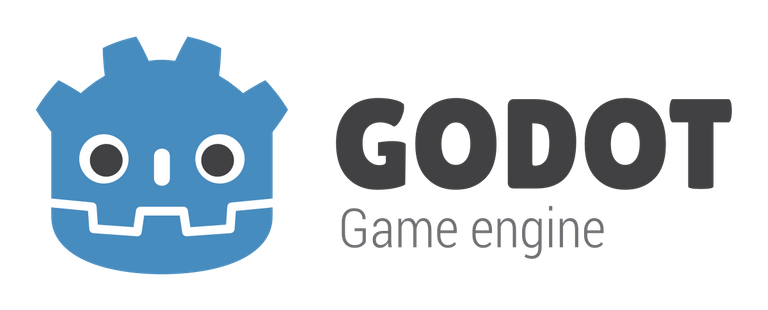
Godot is a cross-platform 2D and 3D video game engine published under the MIT License and developed by its community. The engine works on Windows, OS X, Linux and BSD. You can export the created videogames to Windows, OS X, Linux, Android, iOS and HTML5. The power that this tool brings is already very large, but it can be expanded at will using its system of expansions and plugins. Of course, you can also develop your own extensions if you are capable.
It has an ordered interface, where most tools are intuitive and with helpers to facilitate the creation of content. The editor is designed not only for programmers, but also for artists, animators, level designers, graphic designers, game designers, etc.
It also has a 2D engine separated from the 3D engine, which gives better fluidity and greater control in the sizes, position and movement of sprites and other components.
Personally the one (after Love2D) I love it, it is easy to program, build levels, animations, particles, etc ... although, the only defect that I see is that to install extensions (such as admob or similar) is needed recompile all the source code of 0, but, is the one I use right now
Games built with Godot:
Others Game Engines
Pygame
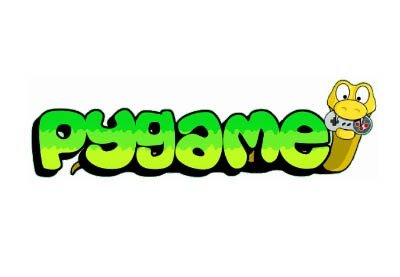
Pygame is a set of modules of the Python language that allow the creation of video games in two dimensions in a simple way. It is oriented to the management of sprites.
Thanks to the language, it can prototype and develop quickly. This can be seen in the competitions that are played online, where it is increasingly used. The results can become professional.
I really did not like it, even though I know the language, it was difficult for me to adapt to this engine
Threejs
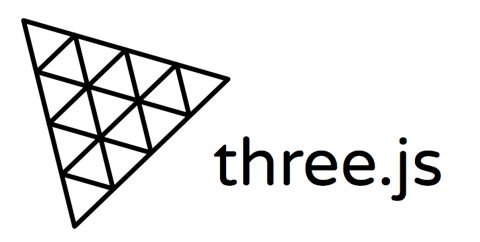
It is a lightweight library written in JavaScript to create and display computer animated graphics in 3D in a Web browser and can be used in conjunction with the canvas element of HTML5, SVG or WebGL. Since Three.js was first launched by Ricardo Cabello on GitHub in 2010, the base code has been maintained continuously and improved by a growing community that continually gives its support.
I have pending to create 3D games, it looks good.
panda3D
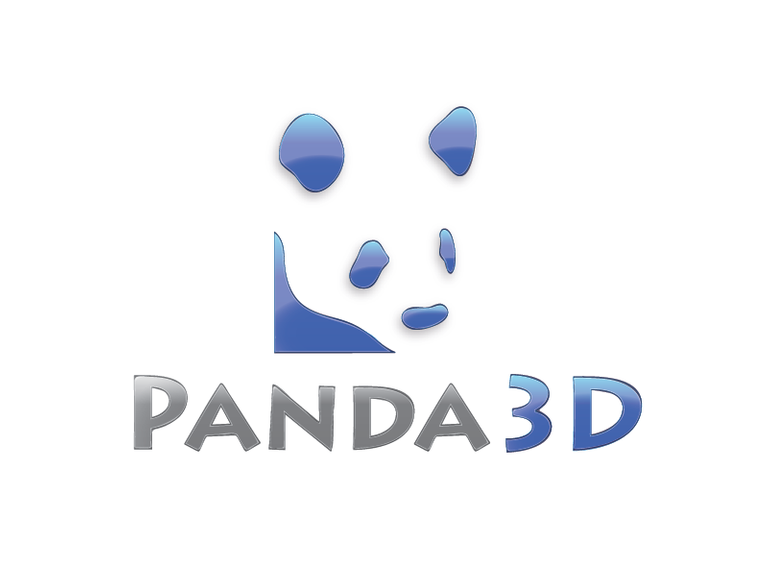
Panda3D is a video game engine that includes graphics, audio, I / O, collision detection, as well as other relevant features for the creation of 3D games. The game programming language for which Panda3D was intended is Python. The engine itself is written in C ++, and it uses an automatic generator-packer to expose the full functionality of the engine in a Python interface.
You can program tanco with Python as with C ++
I have not tried it
Blender Game Engine

Blender has its own game engine in which it allows you to create interactive 3D applications. The Blender game engine (BGE) is a powerful, high-level programming tool. Its main objective is the development of the game, but it can be used to create any interactive 3D software for other purposes, such as interactive 3D architecture tours or research in educational physics.
Since blender is more focused on modeling and animation, the game engine is not also equipped (or at least the version that I test)
In conclusion
In conclusion, everything will depend on what you want to do, personally I recommend Godot on all others, it has a fairly simple language to learn even for those who do not know how to program, besides that both their 3D engine and 2D are pretty great.
If you already know javascript and do not have in mind a big game (I mean big in many levels sense, enemies, etc), you better start with phaser, you can do very good things with this engine.
Love2D is also very good, although the fact that I can not export to all platforms available in a censilla way (compared to the others), and if you do not mind using external packages to do simple things (camera, lights, physics) It is highly recommended too
If you prefer to go for the most famous, you have a very good pc (necessary), and you will create a 3D Unity game is very good, you can have games with a very professional finish if you know how to use it, for 2D it is not recommended as it does not have a 2D native as Godot, but simulated. But still it gives very good results, and has a fairly high job search.
Im using construct2, it's a browser tool that is really easy to use and still offers great possibilities if you want to create mobile or simple browser games.
That is also a good option, I did not know that it was also available in the browser, although having to buy the full version to have all the export options is a bit limiting